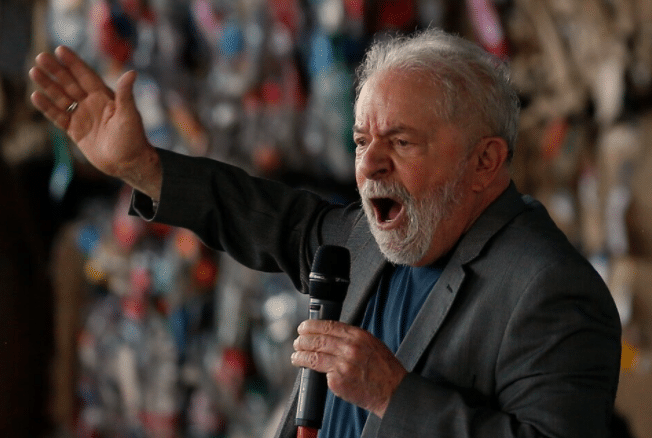SUR: A Look at Lula’s Project to Create a Common Currency for Latin America


Orinoco Tribune – News and opinion pieces about Venezuela and beyond
From Venezuela and made by Venezuelan Chavistas

The idea of creating a common Latin American currency was first presented by the economist Gabriel Galípolo, the former president of Banco Fator, who also worked with the administration of Luiz Inácio Lula da Silva, president of Brazil from 2003-2010. The proposed name for the currency is SUR. A South American Central Bank could play a central role in this initiative, especially in regards to regulating how local currencies would be phased into the SUR common currency.
This past Saturday, with elections only six months away, Lula, who is a pre-candidate for the Workers Party (PT), expressed his support for the creation of a common Latin American currency as part of the strengthening of relations between countries in the region. “We don’t have to be dependent on the dollar,” Lula said during a speech at the Electoral Congress of the Socialism and Liberty Party, where the party declared its support for Lula in the upcoming elections, in October.
RELATED CONTENT: ‘Ukrainization’ and Neonazism in Brazil under Bolsonaro’s Watch
In a recent article published by the newspaper and media outlet Folha de S. Paulo, authored by the economist and former mayor of São Paulo, Fernando Haddad, both he and Galípolo endorsed the implementation of this initiative. It would be a similar model to that of the euro, and would contribute to the integration and strengthening of the monetary sovereignty of the region. Lula has promised to advance the project if he wins the elections. “We are going to reestablish our relationship with Latin America,” Lula said to thousands of party members. “And if god wills, we will create a common Latin American currency.”
SUR
The new digital South American currency is set to be called SUR and, according to the aforementioned article, “will be emitted by a South American Central Bank, with an initial capitalization of the member countries which will be proportional to their respective weight in regional commerce.”
For both Haddad and Galípolo, the financing of SUR “will be done with the international reserves of the countries and/or with a tax on country exports outside of the region. The new currency will be available for use in the commercial and financial flows between the countries of the region.”
Furthermore, the member countries “will receive an initial endowment of SUR, following a concise agreement, and will be able to adopt it at a national level or maintain their currencies. The exchange rates between SUR and national currencies will be floating,” read the document.
RELATED CONTENT: Brazil Investigating Death Threats Against Lula
As elections approach, Lula’s platform is still being developed and, according to his affiliates, it should be completed in the next few months. Even though the contents of the proposal haven’t been definitively announced, his support for the currency is indicative of his approval of the idea.
Lula’s proposal isn’t completely new either. In August, 2021, the current minister of economy, Paulo Guedes, said that a single currency for Mercosur would permit greater regional integration and more accessible trade for the region, while creating a currency which could be one of the “five or six most relevant currencies in the world.”
According to the polls, Lula, who has affirmed that he will present his candidacy on May 7, would be set to win the elections handily against projected runner-up Jair Bolsanaro, the current president.
Featured image: Former Brazilian president and upcoming presidential candidate Luiz Inácio Lula da Silva gives an animated speech. Photo: Xinhua.
(Página 12) with Orinoco Tribune content
Translation: Orinoco Tribune
OT/KW/SL/EF